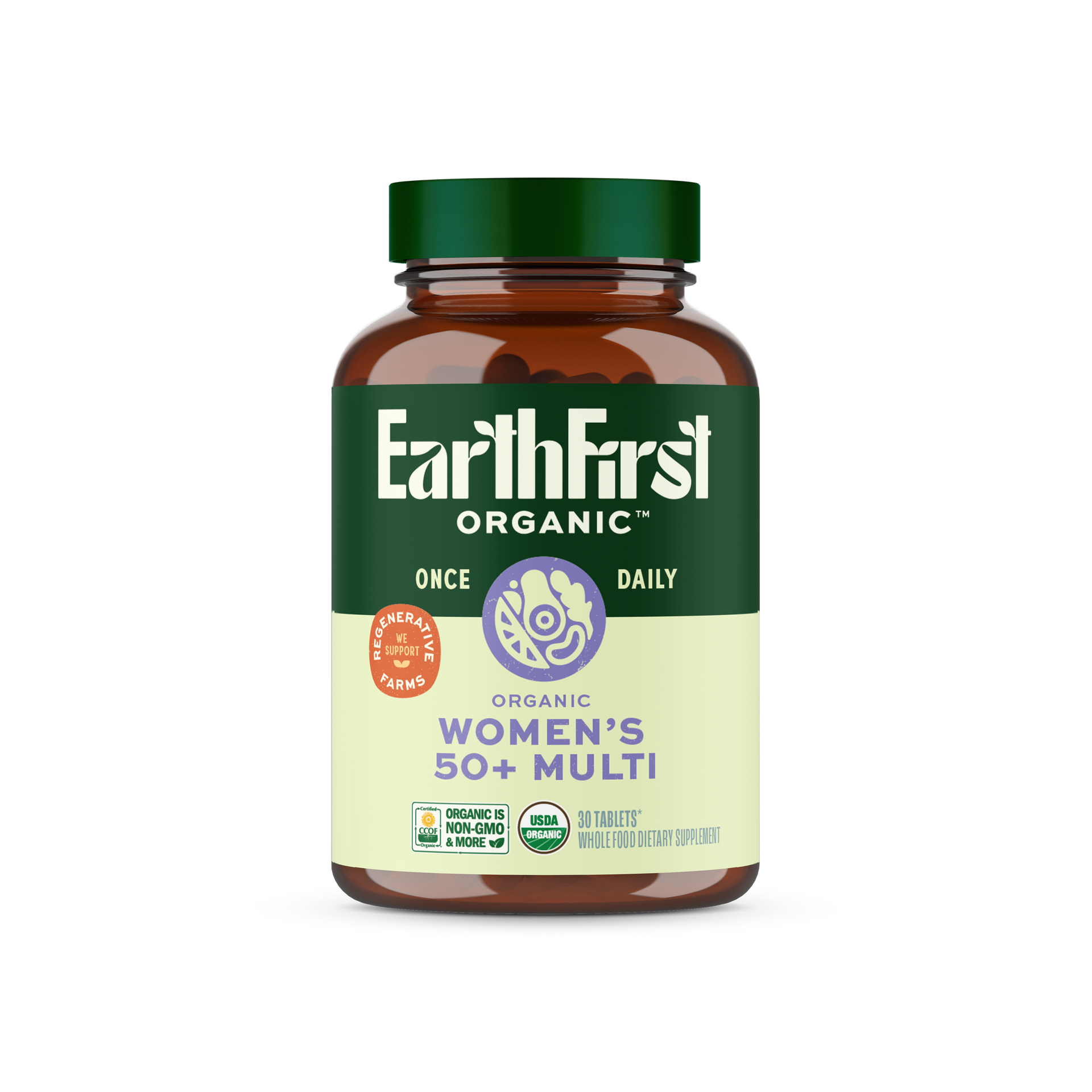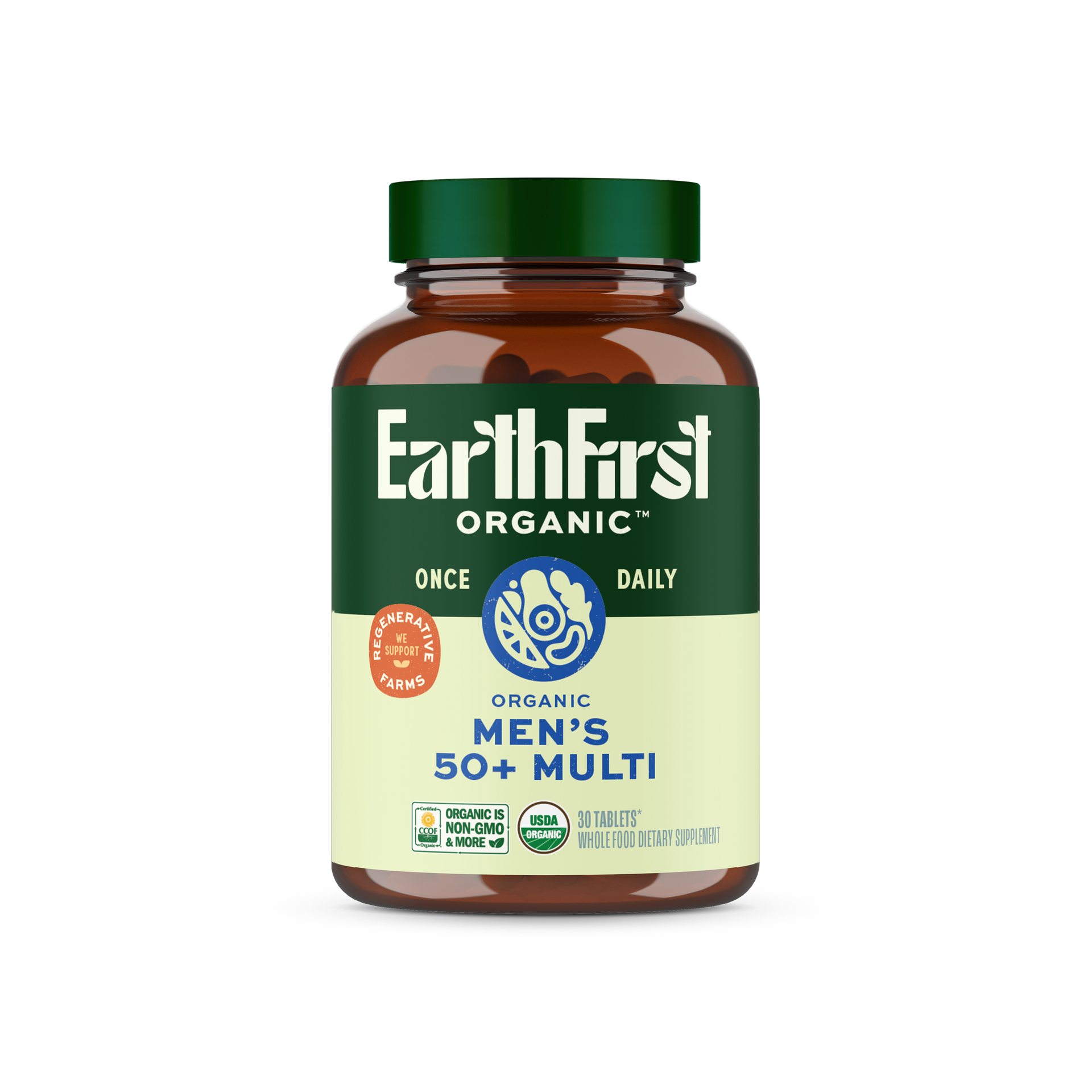Why do people take supplements?
Multivitamins. Supplements. Macro and micronutrients. You see them everywhere now. On billboards. In social media adverts. Brandished on high-quality canvas tote bags. Entire aisles in grocery stores are dedicated to one-a-days, and with the right membership card, you can buy some of them in bulk. In 1994, there were approximately 4,000 dietary supplement products in the US market. Exactly thirty years later, it’s estimated that there are over 100,000 different products. A size, shape, color, and taste for everyone. Even more diverse is what’s in them. Unfortunately, high demand and lack of regulation means that what’s in them isn’t always as healthy as what their labels promote. Some are downright bad for you, made up purely of chemicals and toxic metalloids exceeding acceptable doses by levels that might have you think we’re all a part of a Truman Showesque experiment being broadcast to some mad scientist’s remote lab.
How did we get here? And with so many options, how do you pick the good from the bad from the oh my gosh please never put that in your body?
In 1912, biochemist Casimir Funk isolated a bioactive ingredient in brown rice that counteracted the deficiency disorder known as Beriberi. Assuming that the rice substance contained an amine group, Funk suggested that there was likely a whole range of amine-containing substances found in certain foods that were necessary for healthy living. From “vita” meaning life and “amine,” Funk coined the term vitamine, which later became vitamin. This, however, was the firing gun in a scientific race that resulted in all 13 essential vitamins being identified and categorized (i.e., fat-soluble or water-soluble) by 1948.
It didn’t take long though for the scientific community to start manufacturing chemically-identical versions of these naturally-occurring vitamins, even as they were still being discovered. In 1927, pharmaceutical companies Merck and Bayer produced Vigantol®, a synthetic vitamin D oral supplement. And in 1934, Merck followed with a vitamin C product called Cebion. In large part, these supplements allowed the medical community to address a running list of disorders brought on by vitamin deficiencies. Fifty years after Vigantol® was released, the vitamin D deficiency disorder known as rickets was practically eradicated. And forget the days of pirate’s scurvy! Early synthetic supplements were also more cost-effective to reproduce than extracting vitamins from natural sources, and allowed for more standardization than their food counterparts.
But as the first hundred years of synthetic vitamins approaches a close, we’ve seen a drastic shift in the intended use of dietary supplements. What was once a quick fix for life-threatening deficiencies has become a trendy substitute for healthy living. Designer pills, greenwashing campaigns, and false promises of silkier hair and softer skin have led us away from Funk’s discovery that what’s essential for healthy living already exists in a balanced diet of natural food sources. That’s why at EarthFirst Organic, we use only real fruits, vegetables, and superfoods to ensure that you’re the healthiest, most organic version of yourself.

So, why are synthetic vitamins bad for you?
Still don’t believe us? Here’s a quick breakdown of the differences found between certain natural and synthetic vitamins.
- Though synthetic vitamins are chemically identical to those found in food sources, natural vitamins are maintained in more complex structures that go further to support your body. Therefore, while you may be getting the same dose of a vitamin whether it’s synthetic or natural, only vitamins from organic sources offer the additional health benefits of minerals found in water and soils (i.e., calcium, sodium, potassium, copper, iodine, and zinc) without added chemicals.
- Important for supporting your vision, immune system, reproductive system, and cardiovascular system, vitamin A is naturally found in such food sources like fish, dairy, eggs, and a variety of yellow, orange, and red fruits and vegetables. Synthetic vitamin A, often listed as retinyl palmitate, is derived from palm oil, which has added to the worsening crisis of deforestation and climate change. It’s been suggested through research that an excess of synthetic vitamin A has generally increased the rate of birth defects, while consumption of natural vitamin A has not.
- Responsible for producing red blood cells and crucial in the process of converting food into energy, all but one of the eight B vitamins are naturally found in plant-based organic foods. Cobalamin, or B12, is predominantly found in animal products, especially red meat. Supplementation of B vitamins help counter deficiency symptoms and disorders like fatigue, weakness, poor immune responses, anemia, and Beriberi. However, the effect of natural B vitamin supplementation was shown in a clinical study to have a more long-lasting impact on the body than synthetic supplements, with traces of natural B vitamins surviving longer in the body past supplementation periods.
- Necessary for the production of certain tissues, muscles, and blood vessels, vitamin C, or ascorbate, is found in most fruits and vegetables. However, synthetic vitamin C, or ascorbic acid, is one of the most pervasive synthetic vitamins manufactured by the pharmaceutical industry, with thousands of tons produced mostly from GMO corn annually. While research on the impact of diseases suggests that natural vitamin C is better at decreasing the potential for strokes, heart diseases, and certain cancers due to the added minerals in their complex makeup, human studies have shown clearly that natural vitamin C does better to reduce diabetic complications.
- Vital to supplying your body with antioxidants, decreasing inflammation, ensuring the proper function of organs, and reinforcing your immune system is vitamin E. Found largely in plant-based foods like nuts, seeds, and oils, in vitro studies have also shown vitamin E to be active in cell signaling and in the regulation of gene expression. Because of this, it’s significant that natural vitamin E has been shown to be three times more absorbent in cord blood during pregnancy than synthetic vitamin E. Furthermore, human studies have found when looking at urine samples that natural vitamin E was absorbed into the body more than two times better than synthetic vitamin E.
“The health of soil, plant, animal and man is one and indivisible.” – Sir Albert Howard

Amidst the dizzying array of choices and claims, one truth stands tall: nature has always been the ultimate source of nourishment. At EarthFirst Organic, we've embraced this timeless wisdom. We’ve gone back to the root of vitamin philosophy, back to Casimir Funk’s initial discovery of those vital substances, to craft nutrient-rich supplements that help you weed out the synthetic fillers and be your most organic self. So as you navigate the world of flashy advertisements and outlandish promises, remember this: the path to true health begins in the soil beneath our feet. And with EarthFirst Organic, you can embark on that journey with confidence, knowing that you're nourishing your body and nurturing the planet – one organic choice at a time.

















